At the recent RIPE Meeting we presented some IPv6 address distribution statistics which we would like to share with a wider audience. In the article below, you can find statistics on IPv6 allocations and assignments. In particular, the article details what affect the removal of the requirement to be multihomed had on the number of assignments and the relationship between the age of an LIR and the number of IPv6 addresses they have received.
The first image shows the number of IPv6 allocations the RIPE NCC made to LIRs in each quarter, starting in 2008 (Note that the RIPE NCC started allocating IPv6 address space in 1999 already. See a long-term overview in IPv6 Allocations since 1999 ). Each year is depicted in a different colour. On the Y-axis you can see the number of IPv6 allocations from 0 to 500).
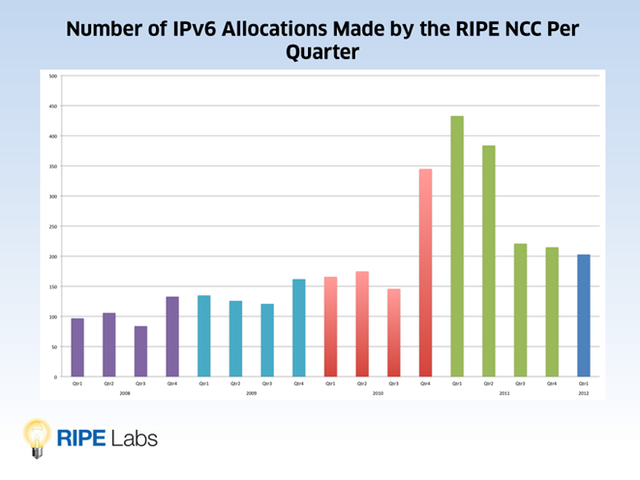
Figure 1: Number of IPv6 allocations made by the RIPE NCC per quarter
We saw quite an increase in the number of IPv6 allocations in the last quarter of 2010 and the first two quarters of 2011. IANA handed out their last IPv4 address blocks to the Regional Internet Registries (RIRs) in February 2011 and this seemed to have encouraged many LIRs to request IPv6 address space. After Q2 2011, the number of allocations decreased again, but it is still higher than it was before Q4 2010.
It is also interesting to look at the age of the LIRs that receive an IPv6 allocation. In Figure 2 below, we show for each LIR the date of the last IPv6 allocation (on the Y-axis) in relation to the date the LIR signed up for RIPE NCC services (on the X-axis). If you look at the density of the circles, you can see a horizontal line between late 2010 and mid 2011. This indicates the increased IPv6 allocation rate observed in that period was caused by LIRs of all ages. Younger and older LIRs alike all requested IPv6 address space when IANA ran out of IPv4.
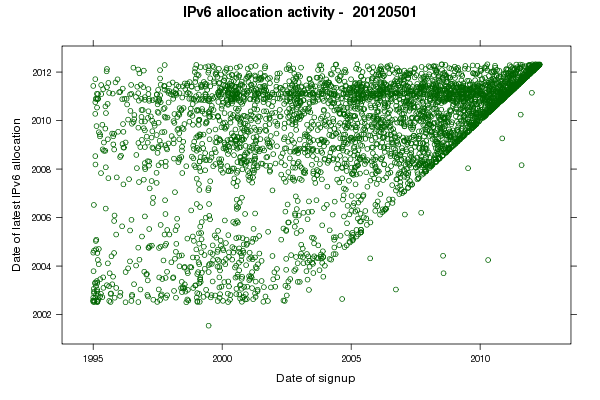
In Figure 3 you can see the number of IPv6 provider independent (PI) assignments the RIPE NCC made since 2009 (when the RIPE NCC started to assign IPv6 PI addresses). The last bar shows the assignments made in Q3 2012. On the Y-axis you see the number of PI IPvv6 assignments from 0 to 140).
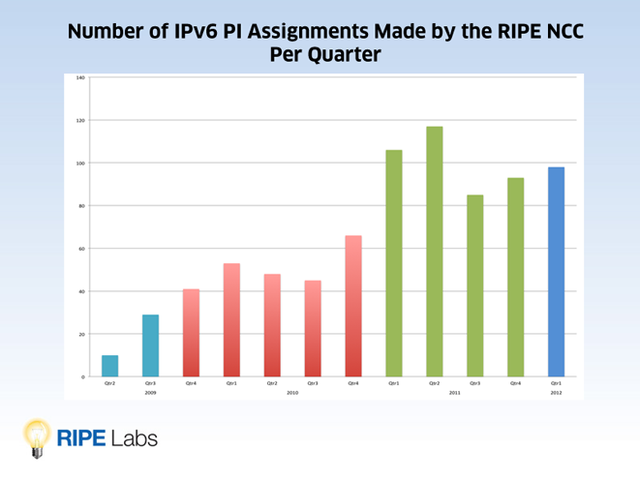
Figure 3 : Number of IPv6 PI assignments made by the RIPE NCC per quarter
You can see the same peak as in Figure 1, but after a small drop in Q3 2011, the numbers are now increasing again.
In February 2012, the multihoming requirement for IPv6 PI assignments were removed. Shortly after that, we experienced an increase in IPv6 PI requests as shown in Figure 4.
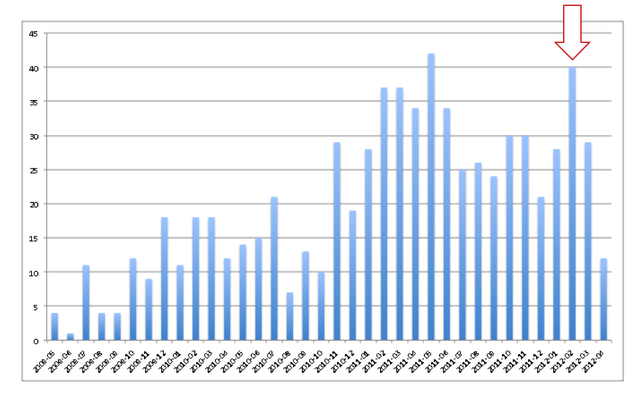
Figure 4 : Number of IPv6 PI assignments to multihomed LIRs
In Figure 5 we show the distribution of IPv4 and IPv6 allocations among the 7,764 LIRs that are registered with the RIPE NCC and have an IP address allocation. Note that in this graph we only show LIRs that have an IPv4 or IPv6 allocation or an assignment for their own infrastructure.It does not show direct PI assignments to users nor LIRs that have not yet submitted a request for address space.
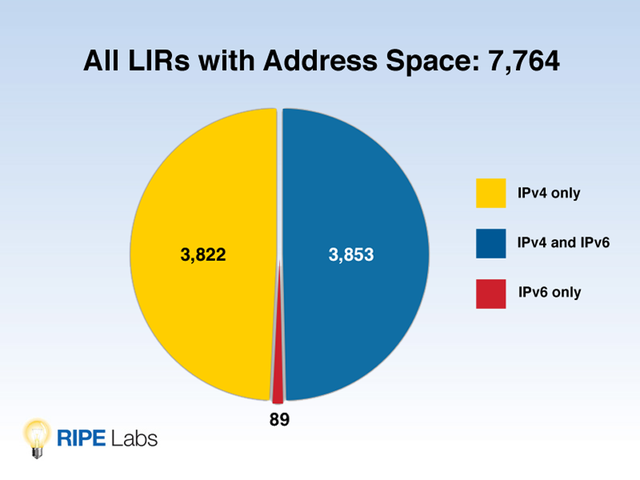
Figure 5: Number of LIRs that have an IPv4 allocation, an IPv6 allocation or both
Currently about half of the RIPE NCC membership has an IPv6 allocation in addition to their IPv4 allocation. This percentage is slightly higher than shown in IPv6 RIPEness , because IPv6 RIPEness also includes direct assignment users (which are not necessarily members) whereas in the graph above we concentrate on members only.
There are also 89 LIRs that only have an IPv6 allocation without having IPv4 address space from the RIPE NCC. Note that some of these might have IPv4 address space from other sources, for instance legacy address space from before the RIPE NCC started as an RIR.
Note that we adjusted the numbers in Figure 5 slightly since we initially published the article: Due to an error, we had only counted 35 LIRs with IPv6 only. But in fact there were 89 at the end of April 2012.

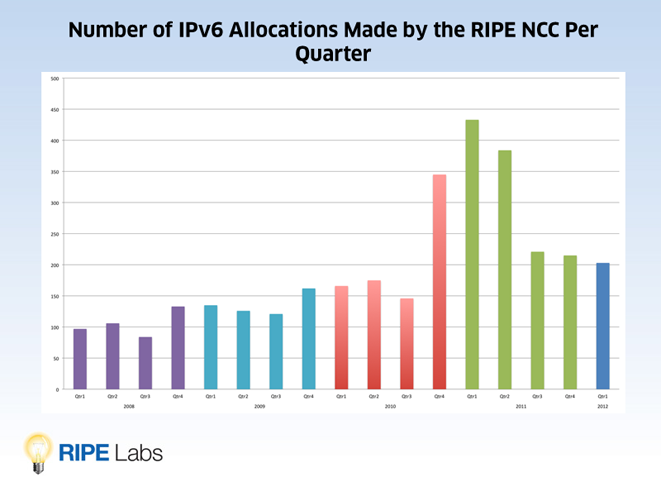



Comments 2
The comments section is closed for articles published more than a year ago. If you'd like to inform us of any issues, please contact us.
Leo Vegoda •
Mirjam, does fig. 1 show all IPv6 allocations or initial allocations? For instance, if a /35 from 1999 was expanded to a /32, would that show as an allocation? Similarly, if a /32 was expanded, would that show?
Ingrid Wijte •
Hi Leo, the 'historical' expansions from /35 to /32 happened before 2008 so these are not included in this graph. However, we count them as one allocation. How we will count the expansions to a /29 is something that we are looking at as part of the implementation of: http://www.ripe.net/ripe/policies/proposals/2011-04